Calligraphy
Chinese calligraphy is an ancient writing art of Chinese characters. It evolved from oracle script, stone drum script, golden script (Zhongding Script) to big seal script, small seal script, official script, and cursive script, regular script and running script, which were finalized in the Eastern Han Dynasty, Wei and Jin Dynasties. Chinese calligraphy is a unique visual art, and Chinese characters are an important factor in Chinese calligraphy, because Chinese calligraphy is produced and developed in Chinese culture, and Chinese characters are one of the basic elements of Chinese culture. Based on Chinese characters, it is the main mark that distinguishes Chinese calligraphy from other kinds of calligraphy.
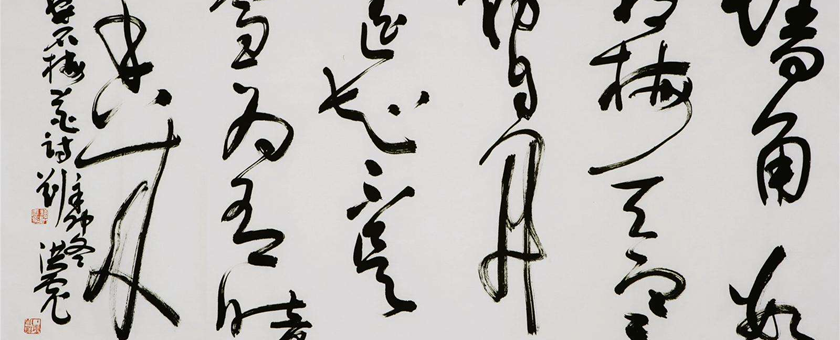
History of Calligraphy
Calligraphy has existed for more than 2,000 years and has evolved into five major forms of writing, each with a different technique.
Calligraphy in Chinese painting is like the art of calligraphy in western culture. Chinese calligraphy is the main component of the four traditional arts, namely pipa, chess, calligraphy and painting. With the unification of the Chinese people during the Qin Dynasty (221-206 BC), the Prime Minister Li Si actively promoted a unified writing form based on the inscriptions of the previous state's bronze vessels. This is the first example -- known as the seal script. Seal calligraphers emphasize the thinness of the characters, even the speed and strength, even the thick lines and strokes. On the whole, this is fairly round and contracted.
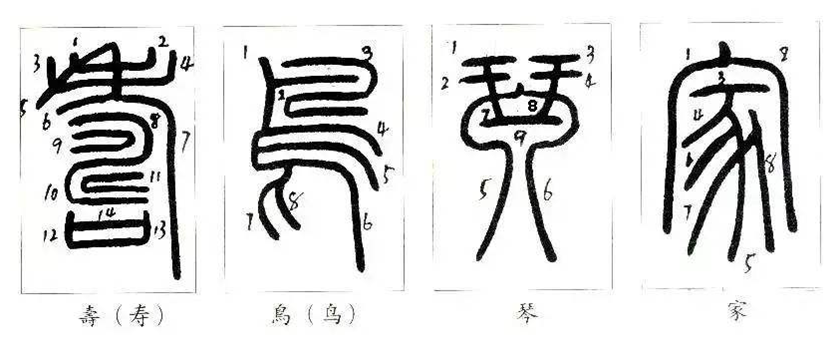
During the eastern Han Dynasty (25-220), people tended to simplify the Zhuan script, which had many strokes, and created clerical script. The new calligraphy looks cleaner and more refined, turning the round style into a flat one. At the beginning of the horizontal line, make sure the brush follows the direction of the point like a silkworm, focusing on a steady stretch that ends up sticking up like a swallow's tail. This is one of the characteristics of the silkworm head and tail.

As its name implies, regular script is characterized by its regularity, varying from flat to square fonts. In China, it provides an example for calligraphy lovers to follow. It is the most popular and influential writing style since the late Han Dynasty. Calligraphy Sage -- Wang Xizhi pushed the art of calligraphy to its zenith. According to records, when a carpenter was asked to carve on a woodcut with the Chinese character Wang Xizhi, he found that the ink had penetrated three minutes (3.3 centimeters or 1.3 inches) into the woodcut. This shows the strength of his power, and people admire him all the more for it. Regular script flourished during the Tang Dynasty (618-907), when Yan Zhenqing and Lliu Gongquan successively established their own style schools, known for their strength and maturity.
Cursive writing is more flexible because it only retains the essence of each word and expresses more personal effort. Therefore, its value lies in appreciation rather than utility. Running the book in the full use of the connection between the two lines, also can be said to be a regular script writing method. These two styles seem to be more free-spirited than the previous ones.
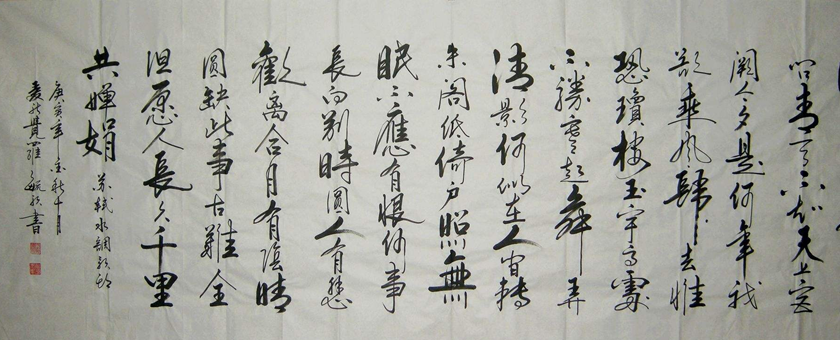
Characteristics of Chinese Calligraphy
There are several different styles of writing, such as seal script, official script, running script, cursive script, regular script and so on. Each style has its own specific characteristics and purpose. There are seven basic strokes in the world, also known as the seven riddles. Basic strokes include a point, a horizontal line, a vertical line, a downward swept stroke, a sharp curve, and a downward stroke. Combined the various styles, shapes, and forms are infinite, depending on such factors as the concentration of ink, the flexibility of the paint brush, the thickness of the paper, and its absorbability. One of the characteristics of calligraphy is that the brushwork has not changed through the ages. Each blow requires careful planning and a steady hand of confident execution. Because the art form was so sublime and abstract, calligraphy was widely believed in imperial times to have the ability to reveal a person's personality. Therefore, this feature was used as an important criterion for selecting executives for the imperial court.
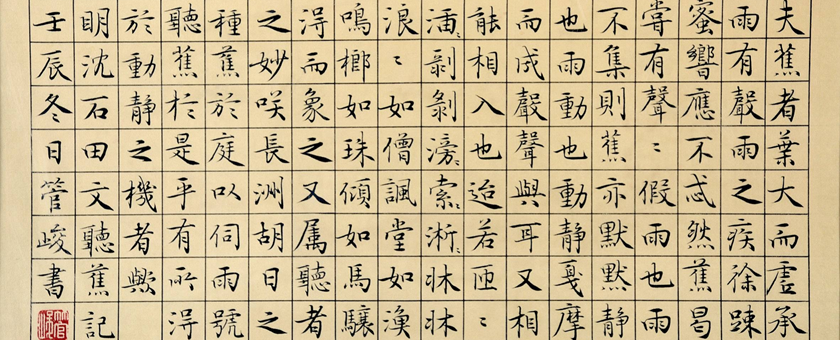
Calligraphy Masters
Wang Xizhi (303-361) was a famous calligrapher of the Eastern Jin Dynasty. Born in a noble family, he was good at calligraphy at the age of seven. He is said to have created nearly a thousand calligraphic works, but none of the original ones have survived.
Wang Xianzhi (344-386) was the son of Wang Xizhi, who was known for his cursive writing.
Yan Zhenqing (709-784) was a famous calligrapher in the Tang Dynasty. His regular script, running the book in the powerful calligraphy, reflects his lofty moral quality.
Liu Gongquan (778-865) was another master of calligraphy in the Tang dynasty. His character is known for being powerful, fluid, and outwards.

Four Treasures of the Study
Brush
This brush dates back at least three thousand years. It is made of fine soft animal hair, including three types: white goat hair, black rabbit hair and yellow weasel hair. Brush handles can be made of bamboo, wood, lacquer, porcelain or precious materials such as mother-of-pearl inlays, ivory and jade. Usually, painters and calligraphers have several types of brushes at their disposal to suit personal purposes and preferences.
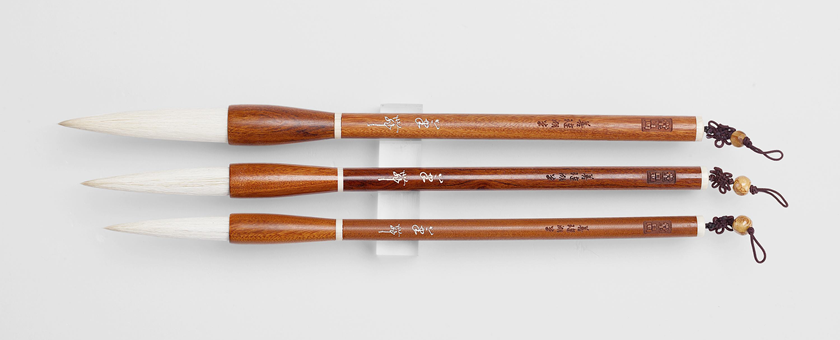
Ink
At first, people usually used natural ink or semi-natural ink. Artificial ink appeared in the Han Dynasty. It is a mixture of soot and resin made from pine wood, oil and paint. The ink stick can be regarded as solid ink. Getting ink from a hard stick required some manual labor, so ancient Chinese calligraphers had young waiters to help them with the task. The steps are as follows: first, rub the ink stick with the ink plate to produce toner. Next, add water in toner form ink. One advantage of this is that you can easily adjust the ink density by changing the amount of water or toner.
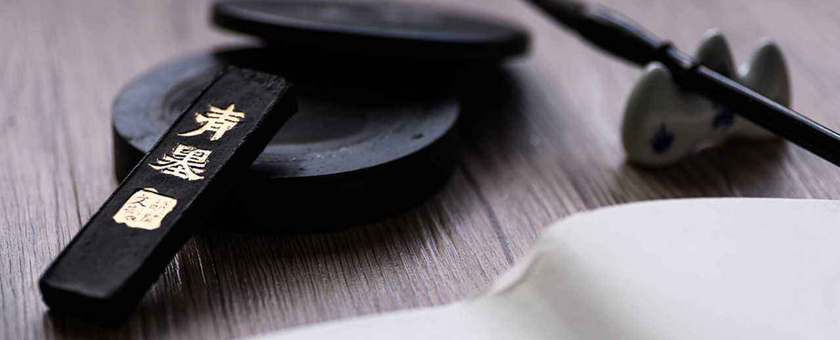
Paper
Paper is often considered to be one of the four great inventions of ancient China. Coarse linen paper was unearthed from the Western Han tombs. Most of the surviving paintings and calligraphy from the Han Dynasty were found on mulberry paper. During the Eastern Han Dynasty, Cai Lun used new materials and improved his papermaking technology, which greatly improved the quality and output of paper. Because of the widespread use of paper, emperor an of the Jin Dynasty banned the use of bamboo as a writing material. Therefore, paper is widely accepted as the material for writing.
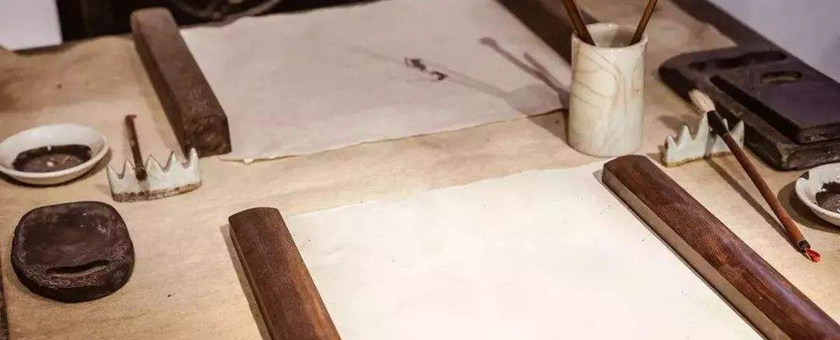
Inkstone
The earliest inkstone was unearthed in the Western Han Dynasty tomb of Fenghuang Mount in Jinzhou, Hubei Province. In China, there are four kinds of most famous inkstones, namely Duan, She, Tao and Chengni.


 Flow us
Flow us

